The Corners of Mérida
When founding cities around the Yucatán, the Spanish were nothing if not organized. Mérida’s streets are laid out on a perfectly square grid, with a naming convention that is logical almost to a fault. North-south streets have even numbers which increase as you head west, while east-west streets are odd numbers which increas as you head south. So the street to the east of Calle 54 is Calle 52. If you’re on 44/73, and go one block north then one block west, you’ll be on 42/71.

The numbering system makes navigation and orientation easy. I could instantly calculate that 47/60 was thirteen blocks north and eight blocks west of our house. But it’s awfully dry, and potentially confusing to those not good with numbers. That’s why almost every corner in Mérida also has a special name, commemorated by a red and white plaque. The corner of 48 and 73 is the Castle. 60/63 is the Duchess. 50/69 is the Iguana. 59/68 is the Cowboy.
Especially in the past, these names were how people knew their way around Mérida. Asking for 59/64 might earn you confused looks, but anyone could give you directions to El Tigre. The names are evocative, hinting at a story or legend. On the corner of El Imposible (65/50), for example, a large mound was hampering further development and slated for removal. Locals believed it to be a permanent part of the landscape that would prove impossible to destroy. But then the Spanish leveled the ground, accomplishing “the impossible”, and giving this corner its new name.
Or take the corner of 57/66, where a tall beauty from Cuba had moved into town, inflaming the passion of every man in the neighborhood. The local women didn’t take to kindly to their new competition, and referred to her as “La Tucha de Cuba“… “Tucha” being a Mayan word for “Monkey”. Henceforth, the corner has been known as La Tucha.
Som of the corners have plaques explaining their names, but many more of these stories have been lost to time. I couldn’t find anyone who could explain why the corner of 63/44 is called El Globo (Hot Air Balloon), not even the people who worked in the shop on whose wall the plaque was hung. But a hot air balloon, here in the center of the city? It must have been quite a story.
The tourism board of Mérida should bring out a guidebook to the city’s corners; a walking tour that brings you from plaque to plaque, and relates the origins behind the intriguing names. As it stands, your imagination is left to do a lot of work. That’s alright, too; finding and photographing these plaques can still make for an enjoyable day out, even if the stories behind names like “The Sun” (at 59/70) and “The Stork” (53/62) remain shrouded in mystery.
–Our Favorite Car Rental Company For The Yucatan
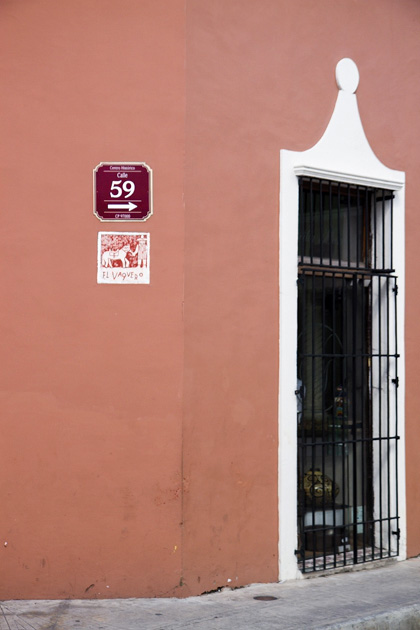
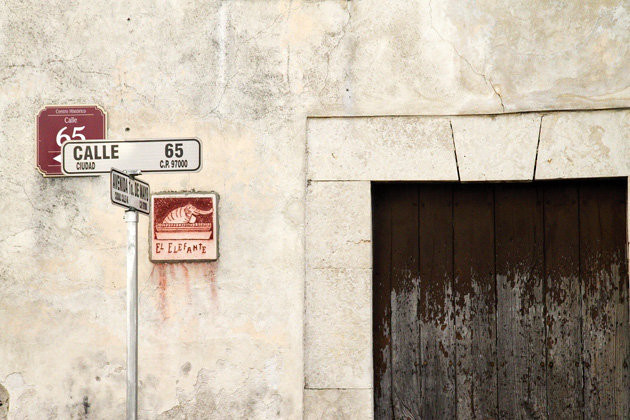
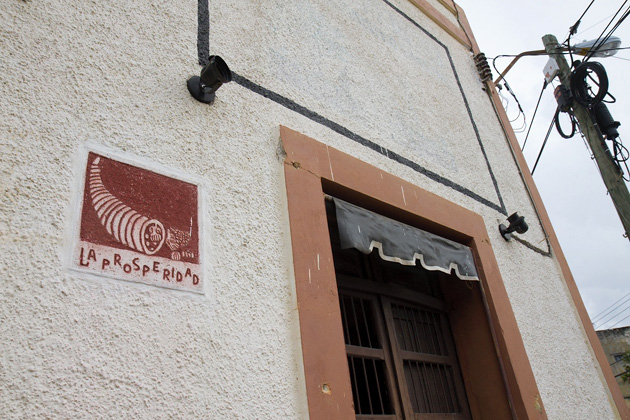
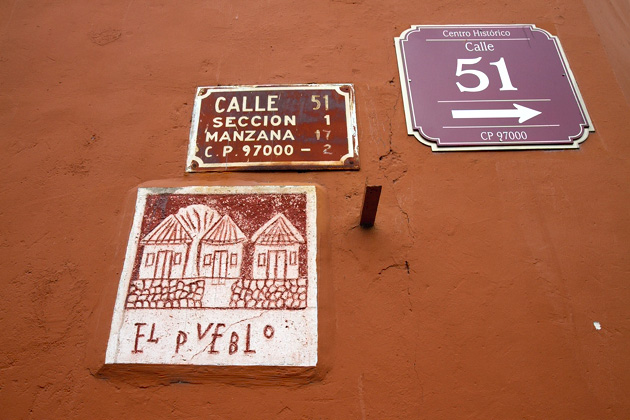
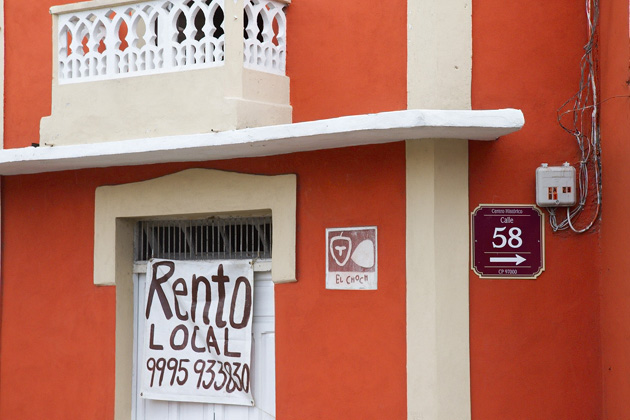
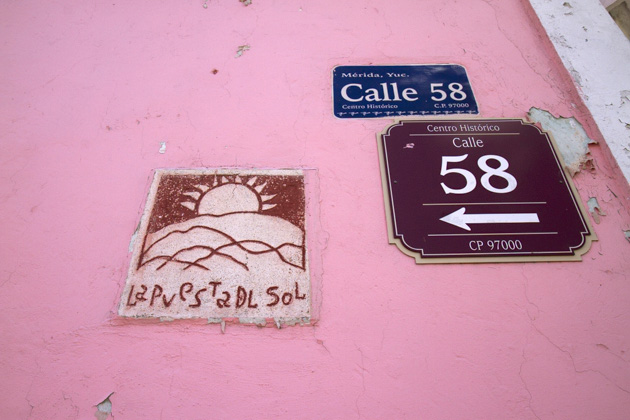
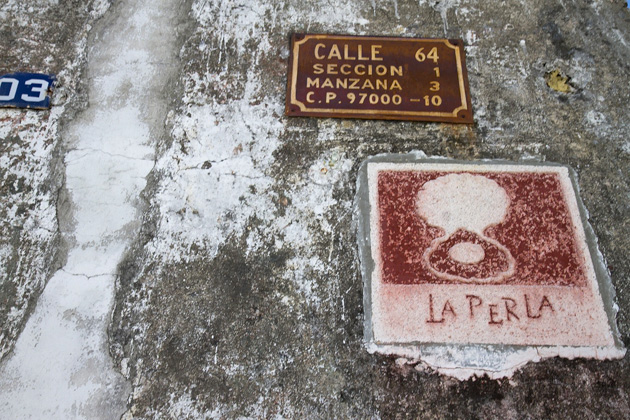
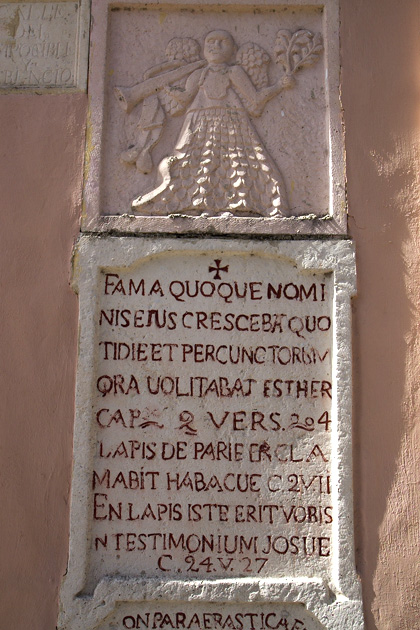

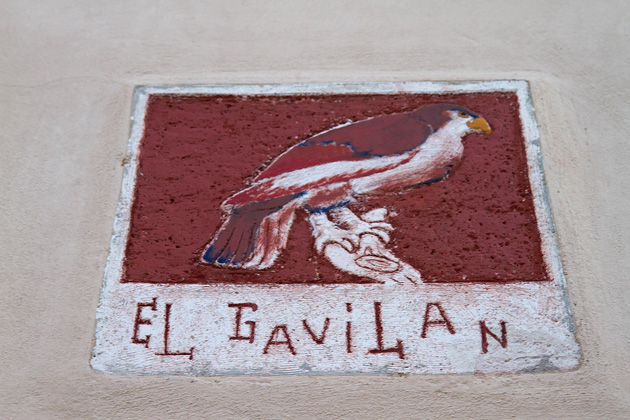

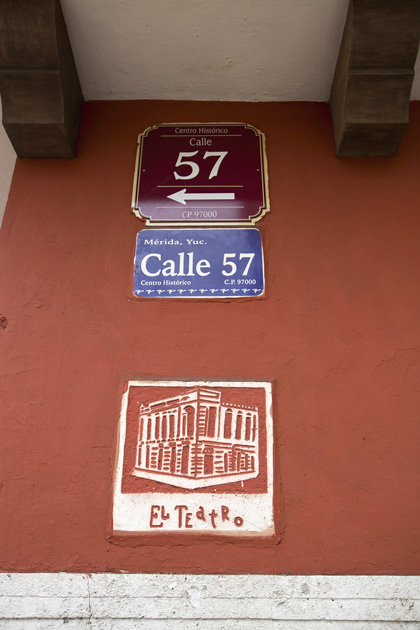
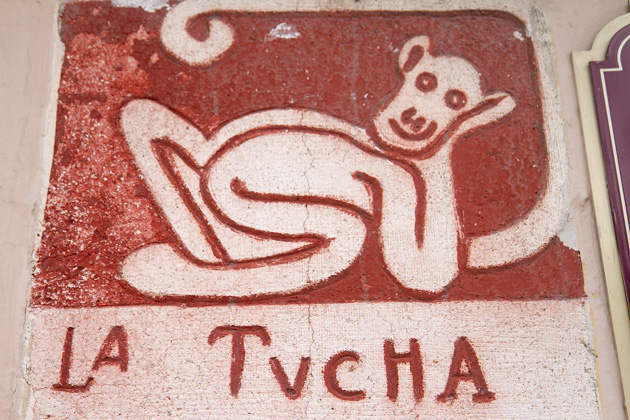
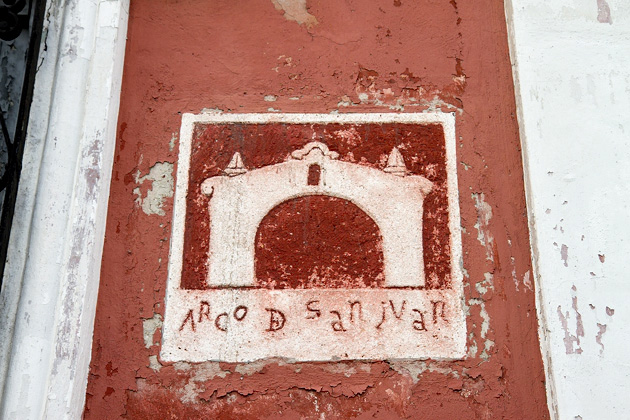
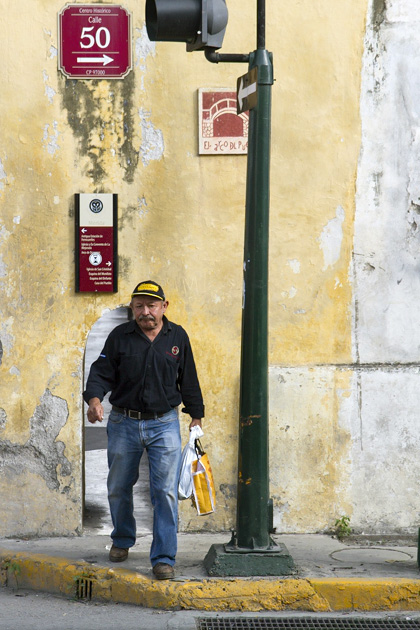
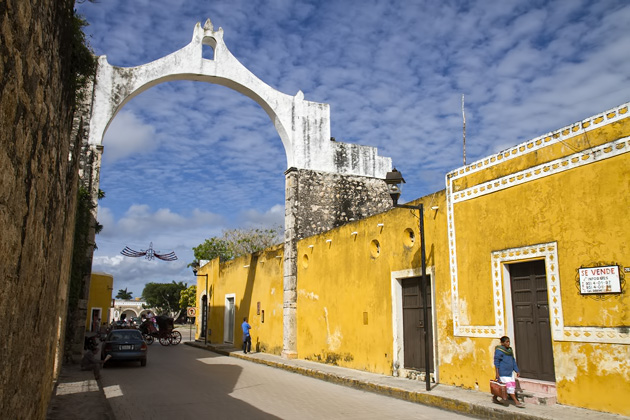
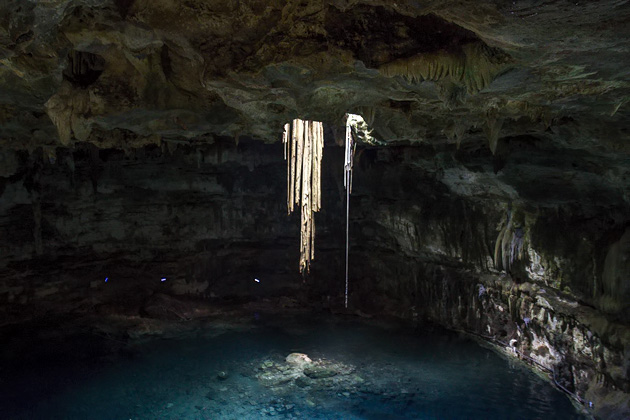
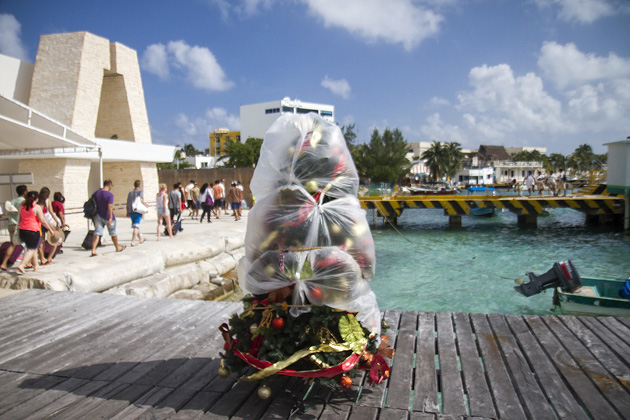

I read this blog post about a week ago and was excited to come accross this in a book I am reading called ‘The Caste War of Yucatan’: “In Merida it was even possible to watch the distinguished aeronaut, Jose M. Flores, ascend seven thousand feet into the heavens in his gaily decorated balloon.” This would have been 1840s, so it is not surprising that no one now remembers.